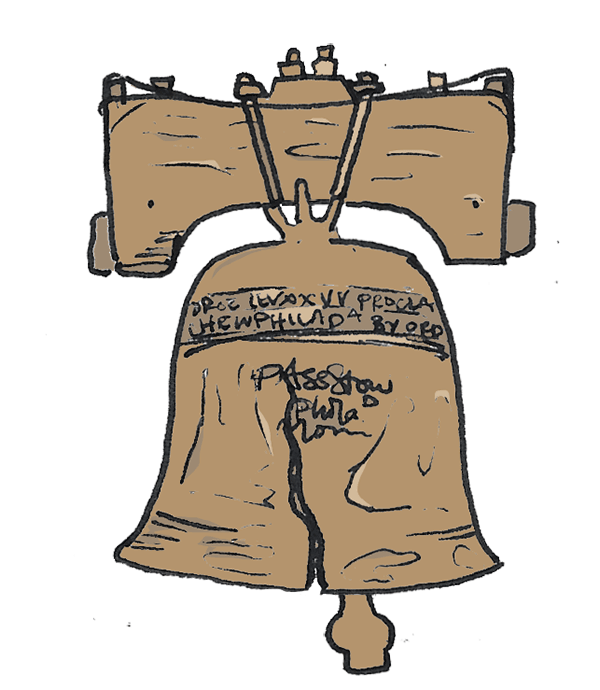The Pain Opioid Epidemic Case Presentation
The Case for Citizenism: An experiment in citizen engagement
The Pain Opioid Epidemic Case Presentation (Pain Opioid Case) and treatment plan are a framework for a citizen-oriented approach to the challenges facing us in the body politics of the United States. Using the medical case presentation as an organizing structure, the pain opioid case offers a dynamic, interactive, collaborative process that engages our fellow citizens to address the opioid-related challenges confronting us as individuals, members of our community, and citizens of the nation.
The Pain Opioid Epidemic Case Sections
Introduction
The interconnected and complex challenges of pain and its optimal treatment/management, opioid use disorders and its fatal consequences, and the “failed” War on Drugs provide an excellent framework to test a citizen-centric approach to address problems facing our nation.
Chief Complaint
Deaths from drug overdose have risen steadily over the past two decades and have become a leading cause of injury and death in the United States. According to the CDC, between 1999 and 2020 more than 500,000 people have died from a drug overdose, becoming a leading cause of injury and death in the United States.
Presenting Problem
The United States has experienced a steady increase in the number of individuals who died of opioid overdoses in the past decades. The increase in opioid overdose deaths has coincided with a dramatic increase in opioid prescriptions by medical professionals to treat pain disorders. In addition to the tragic cost of opioid use/ abuse, millions of Americans suffer with chronic debilitating pain.
History of Present Condition
The focus of the history is to highlight the various stakeholders and to establish a better understanding of the pathology of the political-social efforts to address the issue of pain and opioids. It includes the current treatment approaches to the challenges of pain as well as opioid related conditions.
Review of Systems
This section examines the various stakeholders, and describe their interests, motivation, resources and prior input into addressing the challenge of opioid use. This section will focus on the way that an understanding of the complexity of the opioid pain ecosystem has been addressed on the federal and local structures.
Data and Facts
The data section will provide data that is associated with the various aspects of the pain opioid epidemic and ecosystem and the "war on drugs". Data on public attitudes about addiction/ opioids/ pain...safety, personal responsibility, role of the government,
Examination
An examination of the current services and approaches will provide data that is associated with the functioning of the pain and opioid use related services including best practice for pain management, addiction treatment, and response to overdose.
Discussion
The challenge of pain-opioid use requires a well formulated, coordinated effort that addresses the complexity of the opioid-pain ecosystem as well as leverages an understanding of the institutional challenges that must be understood and overcome.
Diagnosis
The differential diagnosis section reviews the various general categories that impact the challenge of opioid use and pain disorders. It provides a diagnostic explanation from a citizen perspective.
Problem List
The problem list section identifies and discusses the problems and their importance for reform. Additionally, it address es the various barriers that are in the way to achieving optimal care and a social approach to opioid use disorder and pain management.
Treatment Plan
The treatment plan of the medical case presentation offers a multistage action plan divided into immediate, short and long term actions for addressing the pain opioid challenge. The treatment plan format allows us to engage in a healthy deliberative political process toward our vision for the pain opioid challenges.
Progress Reports
Progress reports provide an important vehicle to monitor the condition and status of the pain opioid challenge. Additionally, it assesses the impact of the treatment plan and develops adjustments.
